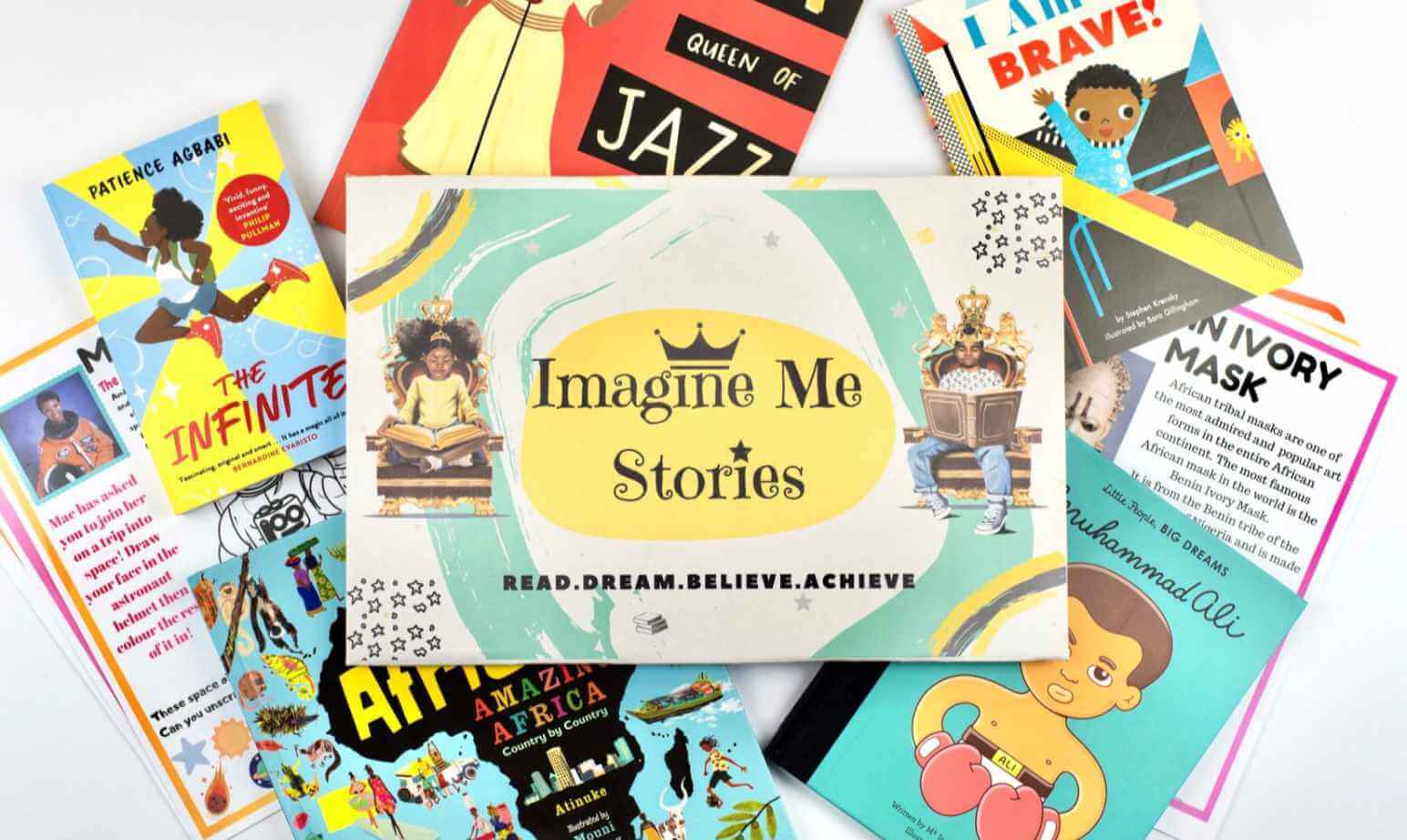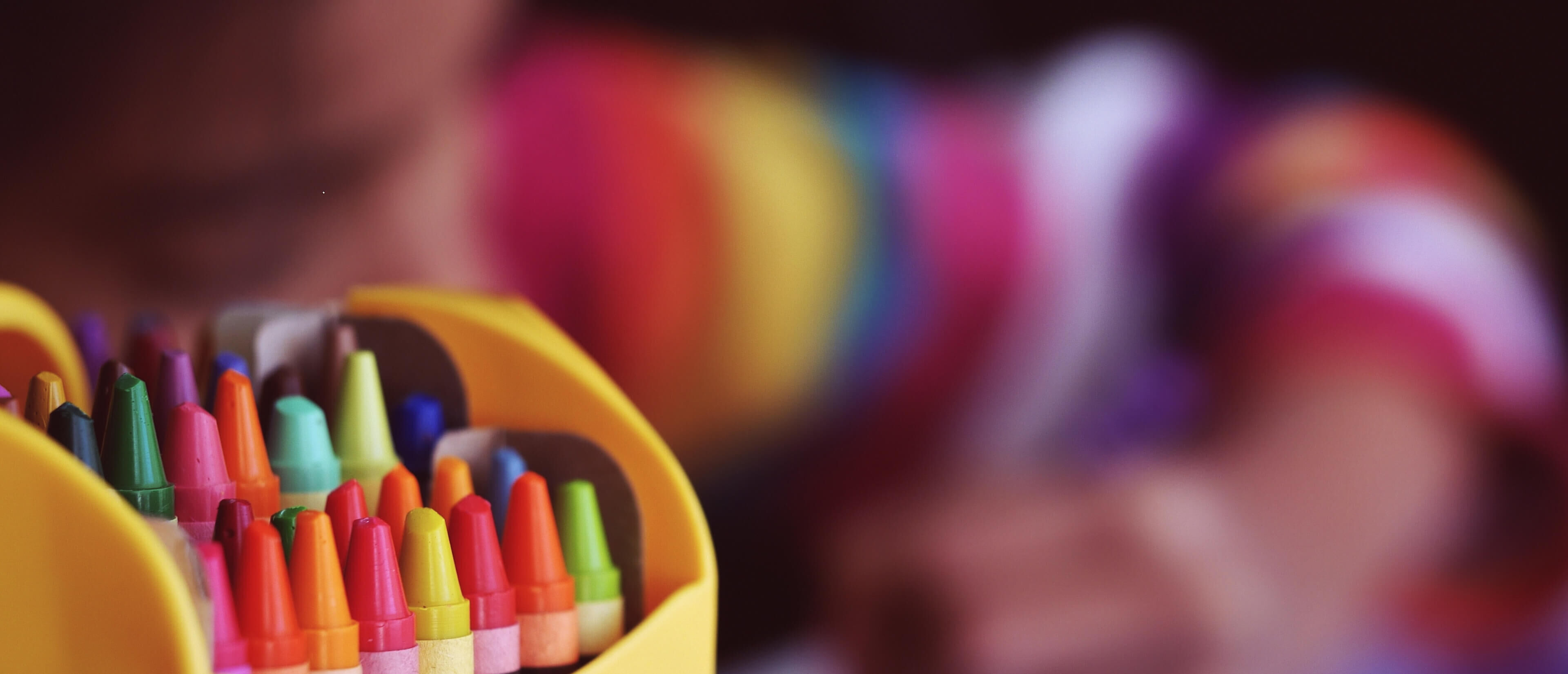From the global pandemic to the Black Lives Matter movement and Pride, recent events have highlighted the essential nature of creativity and the visual arts when it comes to learning, connecting and wellbeing. With many sectors of the creative industry still closed, such as galleries, museums and cultural organisations, engaging in the visual arts is more important than ever. As such iCandy is delighted to be supporting Children’s Art Week, a UK-wide programme run by Engage, the National Association for Gallery Education. The programme runs over three weeks and focuses on three special themes: week one focused on The Natural World, so iCandy teamed up with Illustrator and Painter Camilla Perkins for some top tips how to get young children excited about art by re-imagining the natural world that surrounds them- a theme very prevalent in Camilla’s art.
Week two’s theme was ‘Connecting Across Generations’, so iCandy caught up with Jane, Founder of Pigment Perfect, a wonderfully empowering range of positive prints and colouring books for children of colour. Jane’s guest blog feature highlighted the importance of using art as an empowering tool in the journey of a child discovering their identity.
The final theme in Children’s Art Week is ‘Literacy and Creative Writing’ so we will be hearing from Keisha, Founder of Imagine Me Stories, a monthly subscription box that aims to inspire and empower by providing quality black children’s literature and fun activities.
Why did you start Imagine Me Stories?
Shortly before my daughter turned three I noticed she became more conscious of her appearance, particularly her skin tone and her hair. She was questioning why her hair wasn’t straight and why she was darker skinned than all the boys and girls she was seeing on tv, in books, in birthday cards and toys etc. I realised that there was a serious lack of representation for children like her in children’s media and it was leading to self- esteem issues, even at such a young age. I went out to buy some books with characters that looked like our family in order to affirm her and there were hardly any in the high street stores. I later discovered that only 1% of UK children’s books featured a black main character (CLPE 2018). I spoke to other black parents and started to hear heart-breaking stories about children feeling ugly because they didn’t look a certain way and I knew I had to do something to help change the narrative. I decided to set up an affirmative subscription box with books with black main characters so that black children could see themselves represented in the books they read and so all children can see that there are different stories and experiences from what they may be accustomed to. The box also includes black history and African activities so children can learn about black people who have done amazing things around the world. In addition to our boxes, we provide schools with diverse book packages featuring characters from all nationalities as we believe all children should read diverse books.
Tell us about how the subscription boxes work?
Imagine Me Stories is a monthly subscription box that aims to inspire and empower by providing quality black children's literature and fun activities. Each month subscribers will receive specially chosen top quality children’s literature featuring black main characters plus empowering activities to educate them on black history and culture. Subscribers can choose to receive 1, 3 or 5 books each month depending on their requirements and the boxes are tailored according to reading level. For families we do combo boxes where we send books with a range of reading levels. We also include a reading club chart in our standard boxes and each month we include a different sticker of a black icon to learn about.
What was the first book that you read which reflected your cultural identity? How old were you?
The first book I remember reading about as a child that stirred a real interest in cultural literature was The Concubine by Elechi Amadi. I was probably about 11 at the time and it was one of the books we were given to study at school. It’s a love story about a beautiful young widow who is very respected by her community but keeps experiencing a series of seemingly inescapable life tragedies. Although the premise may seem heavy, the story is told in a light and humorous way, and it shed a lot of light on beautiful cultural practices and traditions that I was only vaguely aware of at the time. I loved that book so much I read it several times and I still re-read it every now and then as an adult. It was set in Eastern Nigeria and gives you a very intimate glimpse into the precolonial lives of members of the Igbo tribe (one of the major tribes in Nigeria)
How is your experience of representative books as a child different to your own children’s experiences?
I spent most of my childhood in Nigeria and I was a voracious reader. However most of the books I read as a child pre-secondary school were western focused (Enid Blyton, R L Stein, Lewis Carrol, Roald Dahl) Occasionally I would read books about other cultures, my father travelled a lot and would always bring me back books from other countries. However, I can’t remember reading many Nigerian children’s books. I think at the time (post-colonial Nigeria) there was a perception that everything foreign was good so my first real experience of representative literature didn’t happen till secondary school. On reflection, I don’t think this had too much of an impact on my self-esteem as I was constantly surrounded by visual representations of success that looked like me in real life, on tv and pretty much all aspects of society. However in my daughter’s case being a minority in the UK, it took me a while to notice that the lack of representation was harming her as it was a lot more wide reaching, and I realized that I would have to be a lot more intentional about surrounding her with positive reflections of her heritage and identity.
What are your favorite culturally diverse children’s books to read to your own children?
Our absolute family favourite is Catch that Goat, by Polly Alakija. It’s about a girl called Ayoka who has to take care of a very naughty goat who runs away and gets up to all sorts of mischief. The book beautifully depicts a typical Nigerian market scene and at the end there is a detailed narrative about the culture of the Yorubas (one of the major Nigerian tribes).
How powerful do you believe literacy and creative writing is in helping children to connect with their identity?
I think creative writing can be a very powerful way of exploring the things that make you who you are and the reasons behind what you do. By creating stories children are able to create a written mirror of their own life experiences and all the beautiful elements that make them unique.
What are the positive impacts of a child seeing a representation of themselves within a book from a young age?
Books are the means by which children build their understanding of the world and develop their imagination. In books they see an image of what society expects of them, the kind of adventures they can have, and the kind of things they can hope to achieve. The danger of lack of representation is that it only shows one version of these things and indirectly tells children that only a certain type of person can do all the awesome things that they see presented. By seeing yourself represented it shows two things. 1. That you are a valued and important member of society 2. You can aspire for greatness because someone else just like you has done something great too.
What are your top tips for creating excitement around literature if a child doesn’t seem to be showing a strong interest in reading?
The first top tip would be to get a book about something that your child is already interested in. I believe all children can develop a love for books they just need books that are connected to things they already love.
My second top tip would be to involve the child in the story so they can empathize with the main character and feel more engaged. Ask them questions like why do you think they did this? Or do you think that was a good ending? What would you have done differently?
Are there any books that you would like to see more of in the Imagine Me Stories Collection?
I would love to have a non-fiction children’s series on great African icons as I think that area has been a bit overlooked.
What is your ultimate goal for Imagine Me Stories?
Our ultimate goal is to improve diversity in children’s books and media to such an extent where they are no longer referred to as diverse and are just the norm.


You can find over 180 free creative activities and events on the Children’s Art Week website.
Children’s Art Week is run by Engage, the National Association for Gallery Education and supported in 2020 by Arts Council England, Creative Scotland, Arts Council of Wales, The D’Oyly Carte Charitable Trust and Garfield Weston Foundation
